Worldwide, biodiversity is incredibly rich and varied, with ecosystems ranging from lush rainforests to barren deserts, and an astonishing array of plant and animal species. Biodiversity refers to the variety of life on Earth, encompassing the diversity of species, genetic diversity within these species, and the diversity of ecosystems. Here’s a brief description of the world’s major biomes and their unique biodiversity:
- Tropical Rainforests: These lush and equatorial regions, like the Amazon in South America and the Congo in Africa, are the most biodiverse areas on Earth. They house an extraordinary number of plant and animal species, with countless species yet to be discovered.
- Coral Reefs: Found in warm, clear oceans, coral reefs are incredibly diverse marine ecosystems. They are home to a vast array of species, including colorful corals, fish, and other marine life.
- Temperate Deciduous Forests: These forests are found in regions with distinct seasons, such as North America and Europe. They contain a variety of tree species and support a wide range of mammals, birds, and insects.
- Grasslands: Grasslands are vast expanses of grasses and herbaceous plants found on every continent except Antarctica. These ecosystems are home to diverse wildlife, including large herbivores like bison and antelope.
- Deserts: While deserts may seem barren, they actually host a surprising array of life. Desert-adapted plants and animals have evolved to thrive in these harsh environments.
- Tundra: The Arctic and alpine tundras are home to cold-adapted species like polar bears, reindeer, and arctic foxes. These regions are experiencing rapid environmental changes due to climate change.
- Mountains: Mountain ecosystems vary depending on altitude, but they are known for their unique biodiversity. They often harbor specialized plants and animals adapted to the challenges of high altitudes.
- Freshwater Ecosystems: Rivers, lakes, and wetlands are teeming with life, from fish and amphibians to waterfowl and insects. These ecosystems are critical for many species and provide essential services to humans.
- Islands: Isolated islands often have unique and endemic species that have evolved in isolation. The Galápagos Islands are a famous example, with their diverse range of species that inspired Charles Darwin’s theory of evolution.
- Mangroves: Found in coastal areas, mangrove forests are vital for marine biodiversity, as they serve as nurseries for many fish species and provide habitat for a variety of wildlife.
- Human-Modified Landscapes: Urban and agricultural areas, while heavily modified by humans, still host some biodiversity, including urban wildlife and crop and livestock varieties.
Biodiversity is crucial for the health and stability of our planet. It provides ecological services such as pollination, pest control, clean air and water, and climate regulation. However, many of these ecosystems and the species they support are facing threats due to habitat loss, pollution, climate change, and overexploitation. Conservation efforts are essential to protect and preserve the world’s biodiversity for future generations.

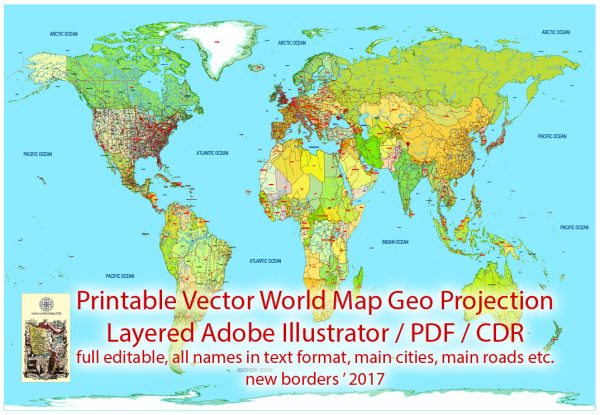
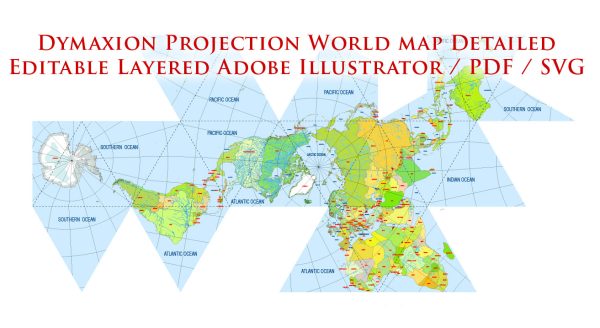
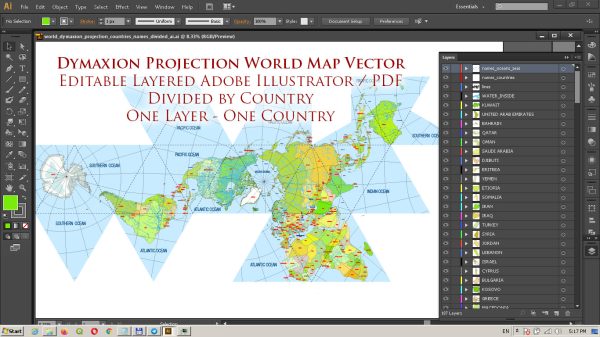
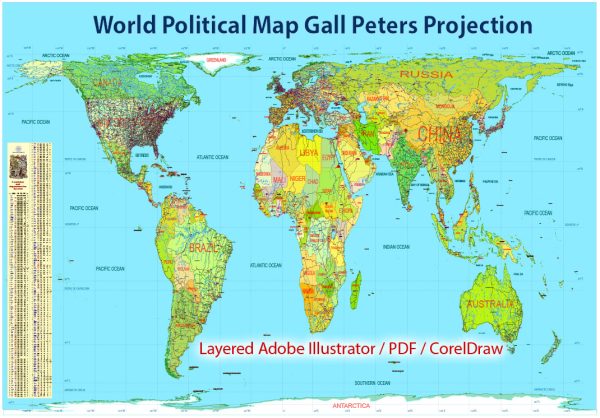
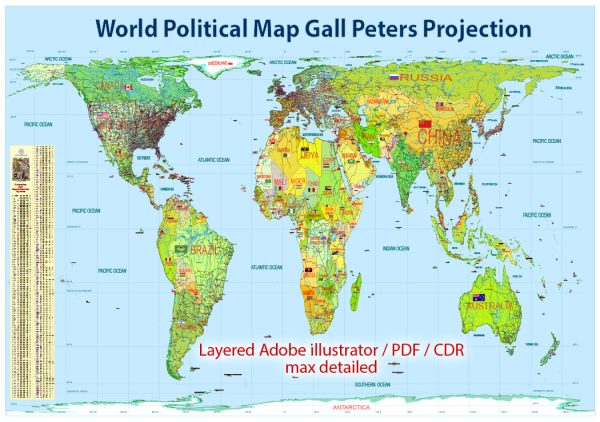
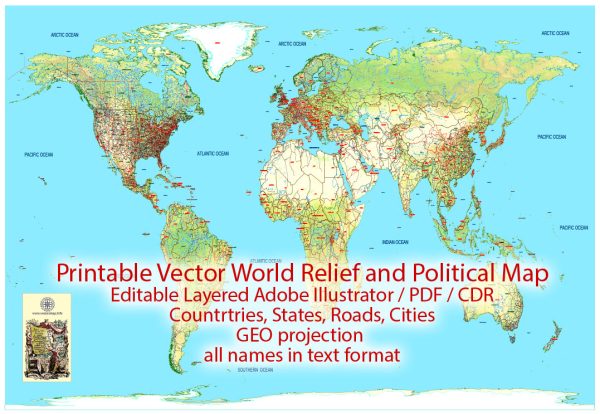
 Author: Kirill Shrayber, Ph.D.
Author: Kirill Shrayber, Ph.D.